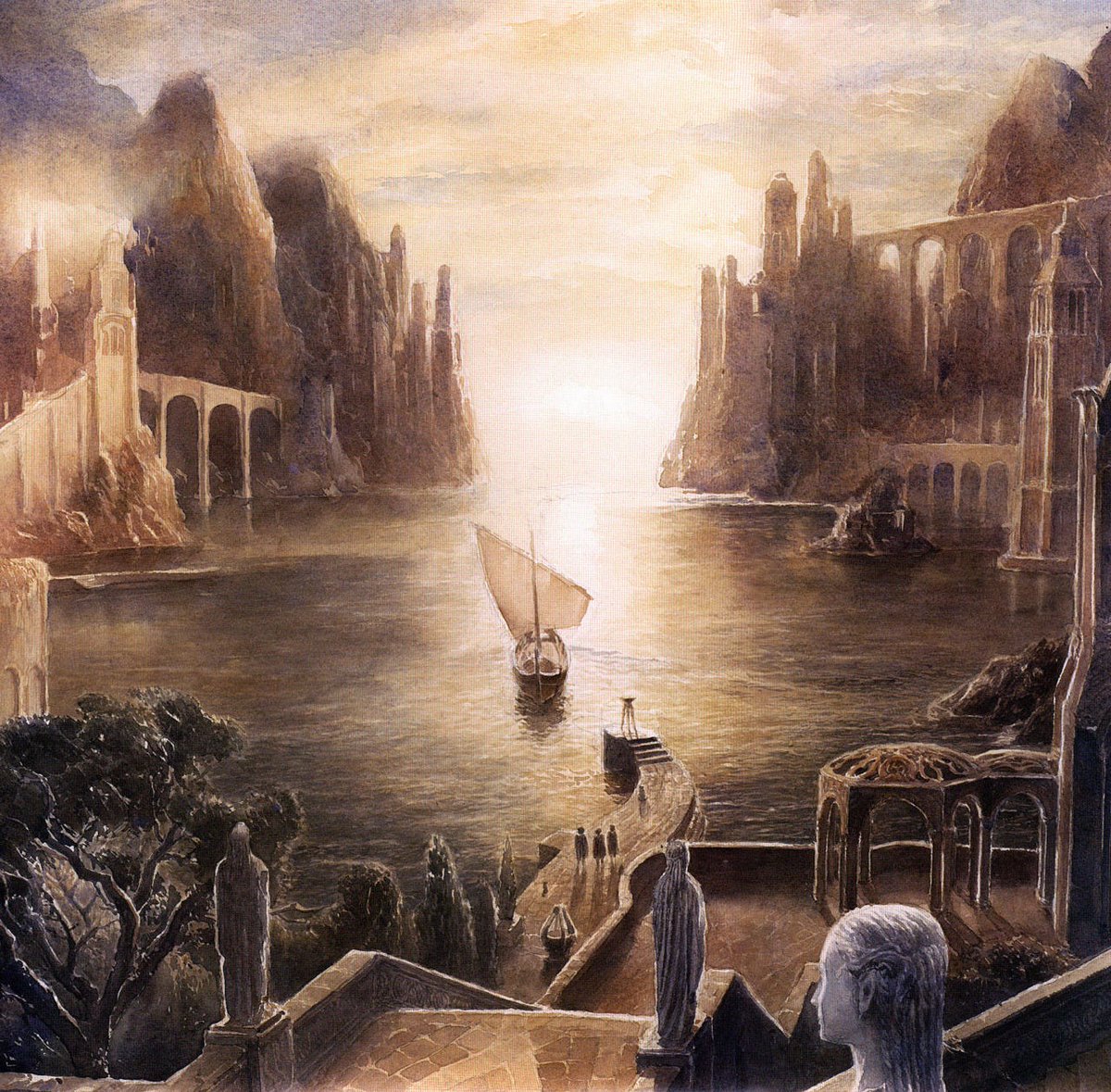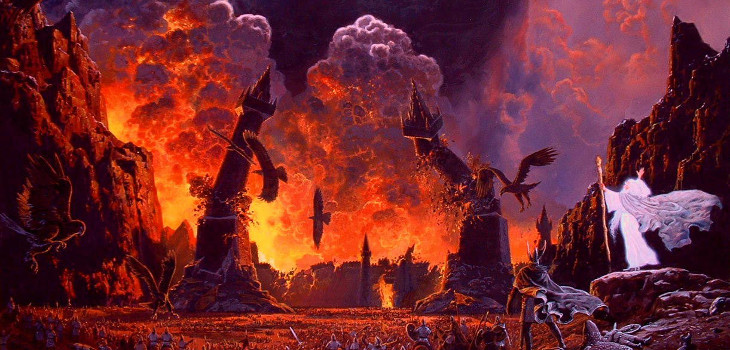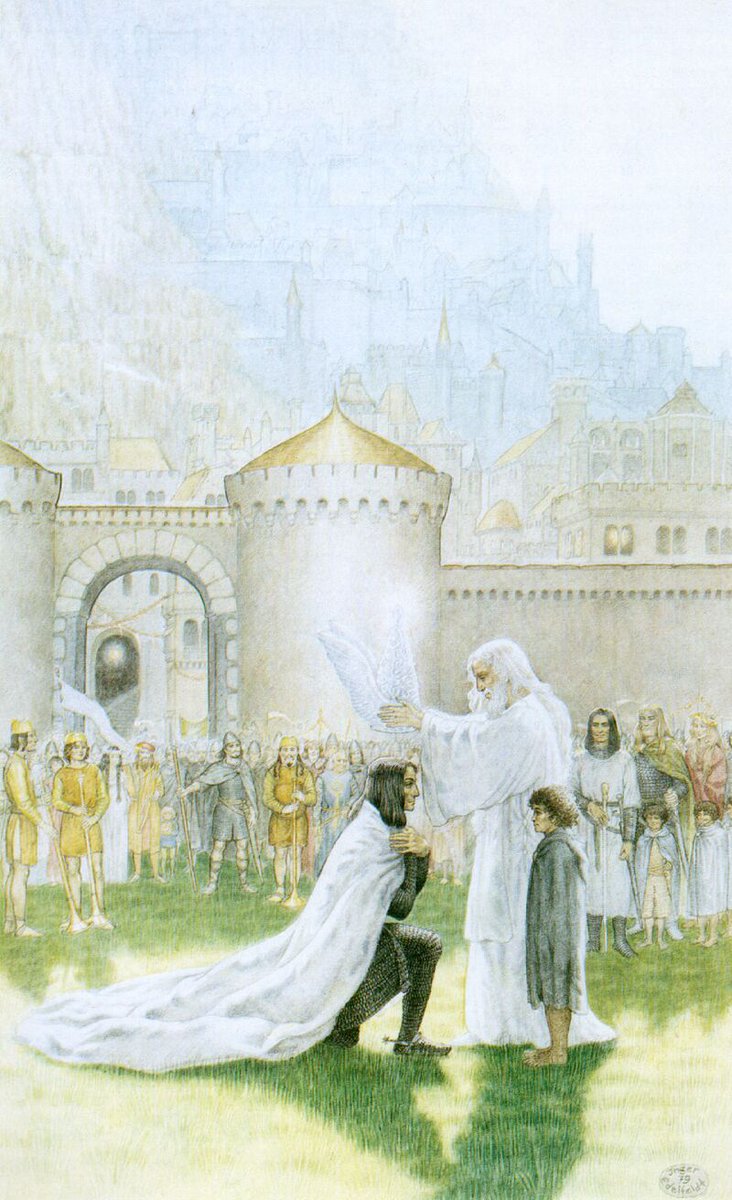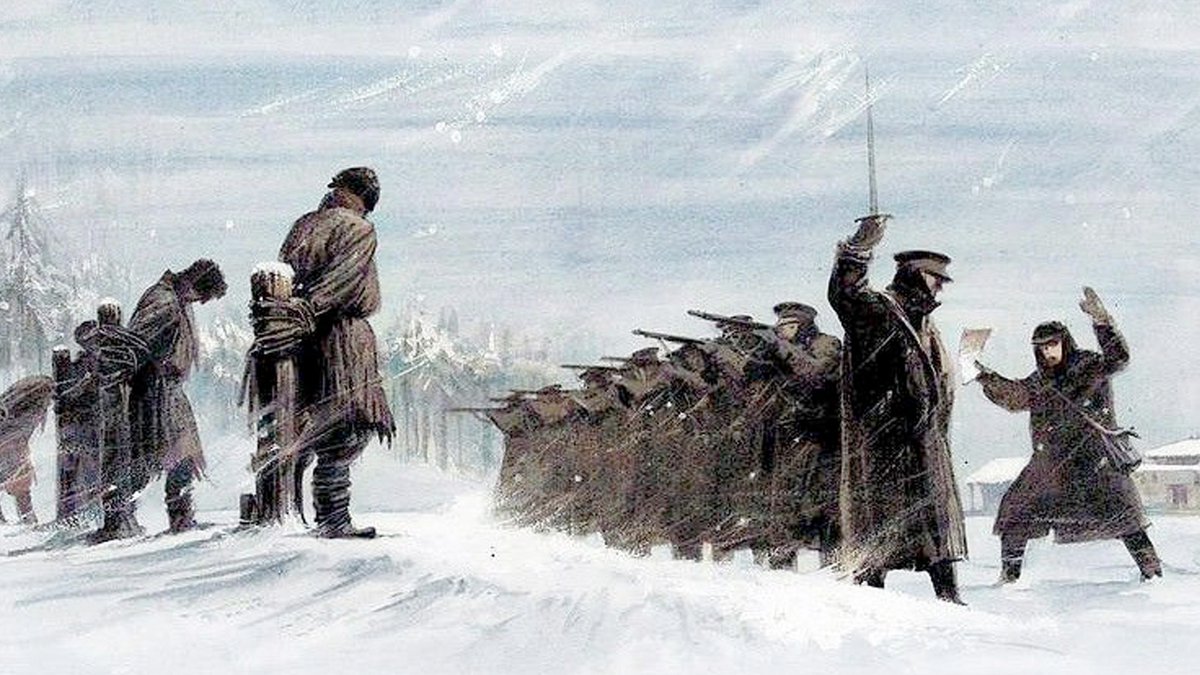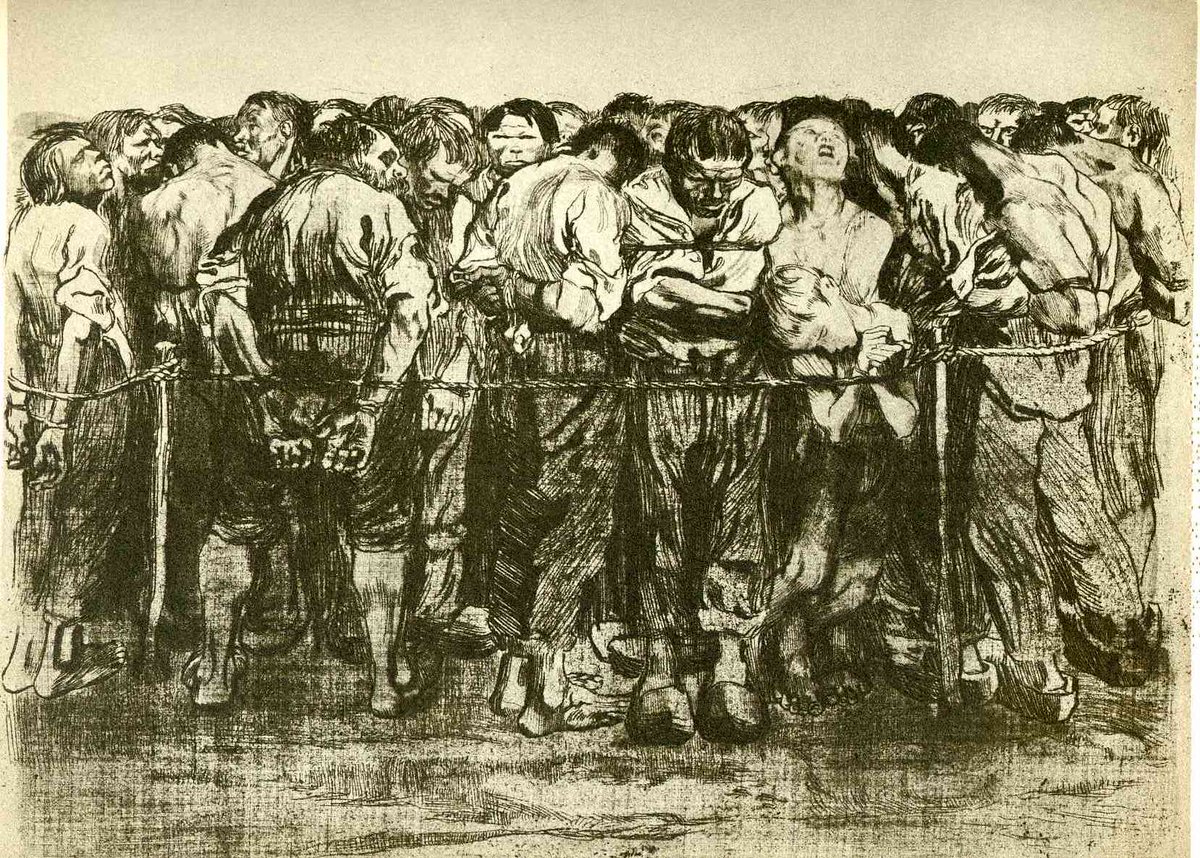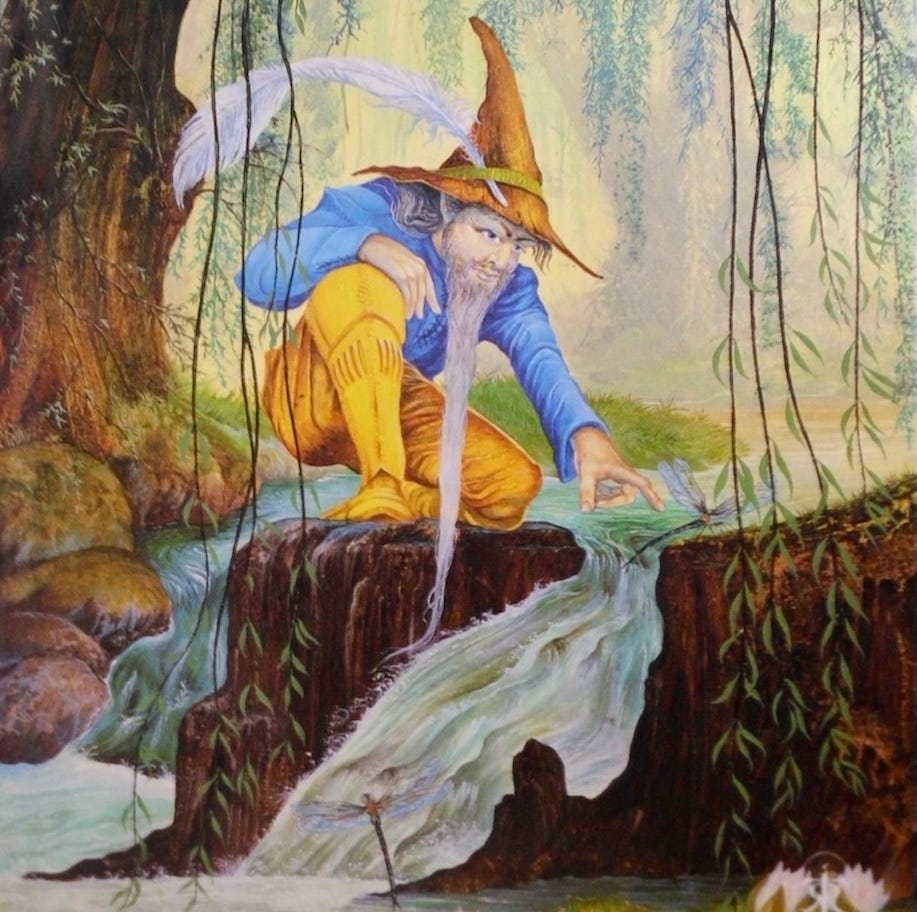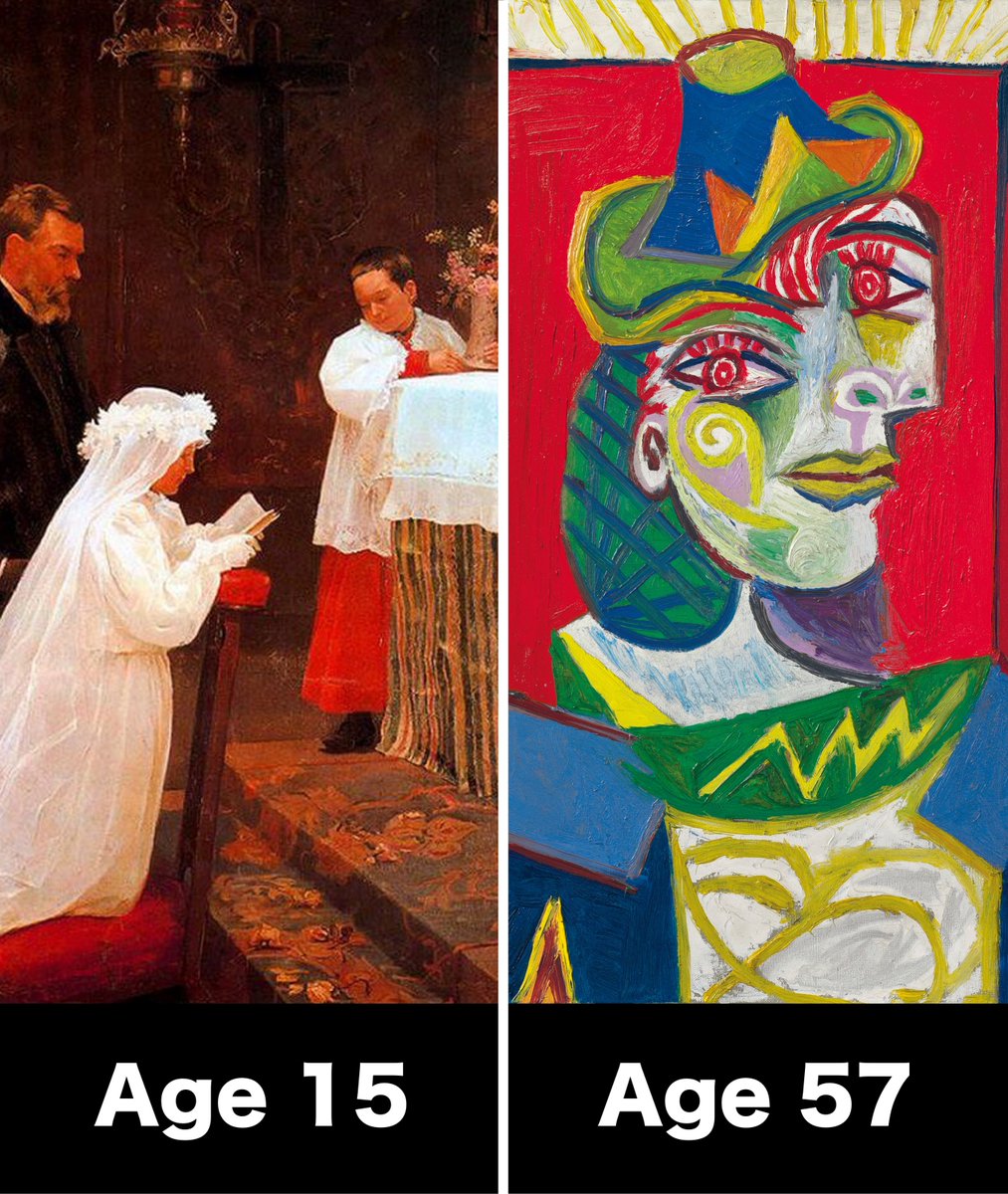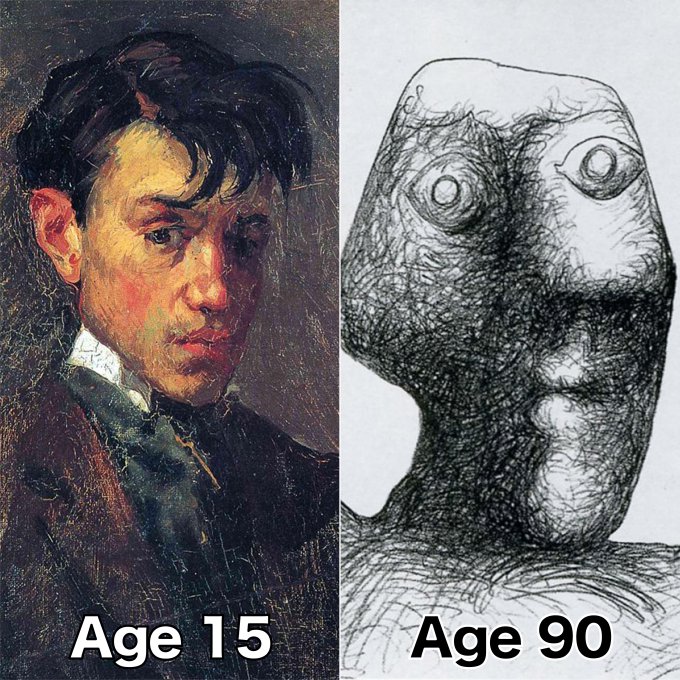This is where Jesus is said to have been buried — and then resurrected.
But is it the real tomb? How do we know?
Well, in 2016 it was opened for the first time in centuries... (thread) 🧵
But is it the real tomb? How do we know?
Well, in 2016 it was opened for the first time in centuries... (thread) 🧵
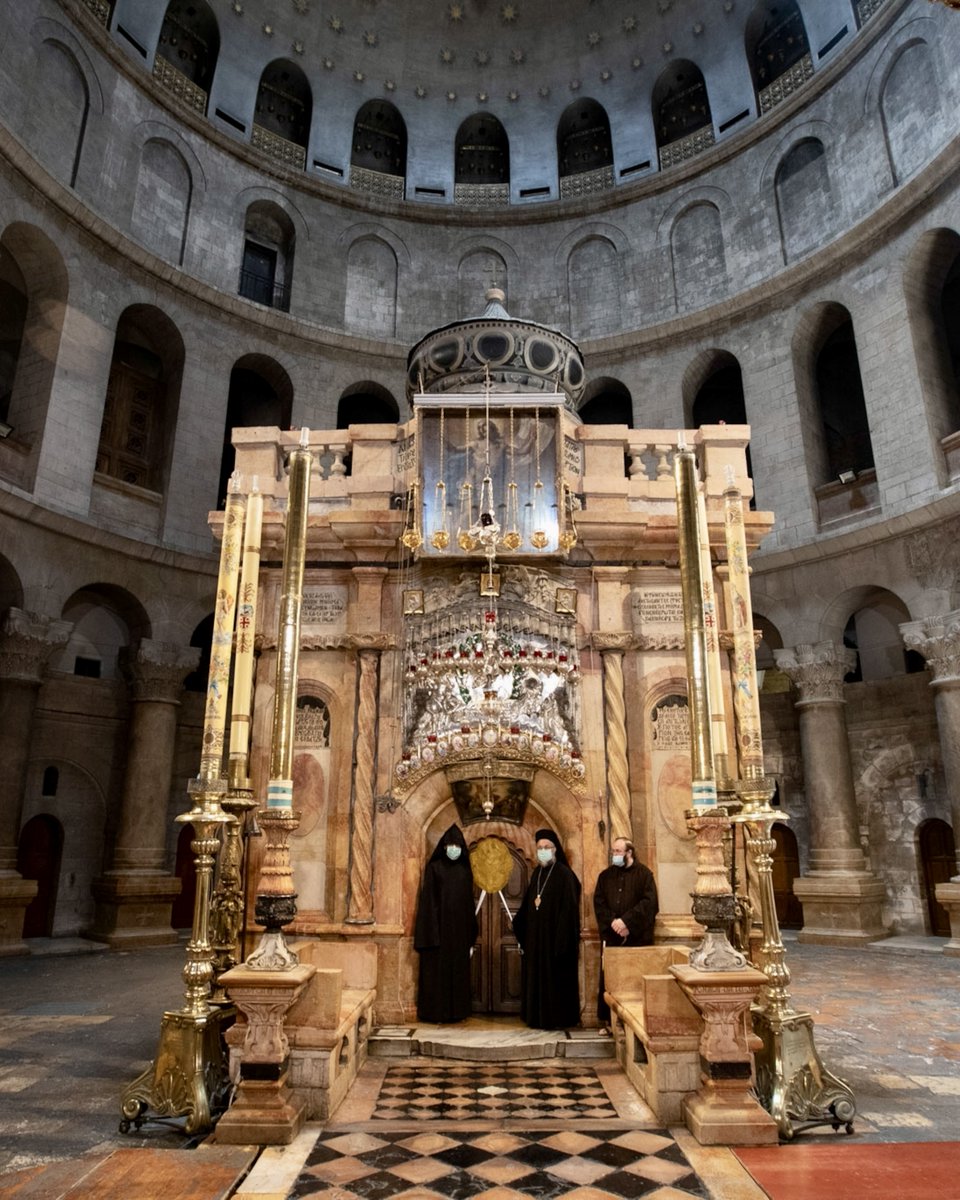
The tomb looks like this. It's inside a shrine called the Edicule, in Jerusalem's Church of the Holy Sepulchre.
A few years ago something remarkable was found inside...
A few years ago something remarkable was found inside...

The Gospels say Christ was buried in a rock-cut tomb belonging to Joseph of Arimathea, outside the walls of Jerusalem and near the location of the Crucifixion: Calvary. 

In the 4th century, great interest was forming to confirm the location and to gather any relics of Christ. It was no less than Helena, mother of the Emperor Constantine, who led this charge. 
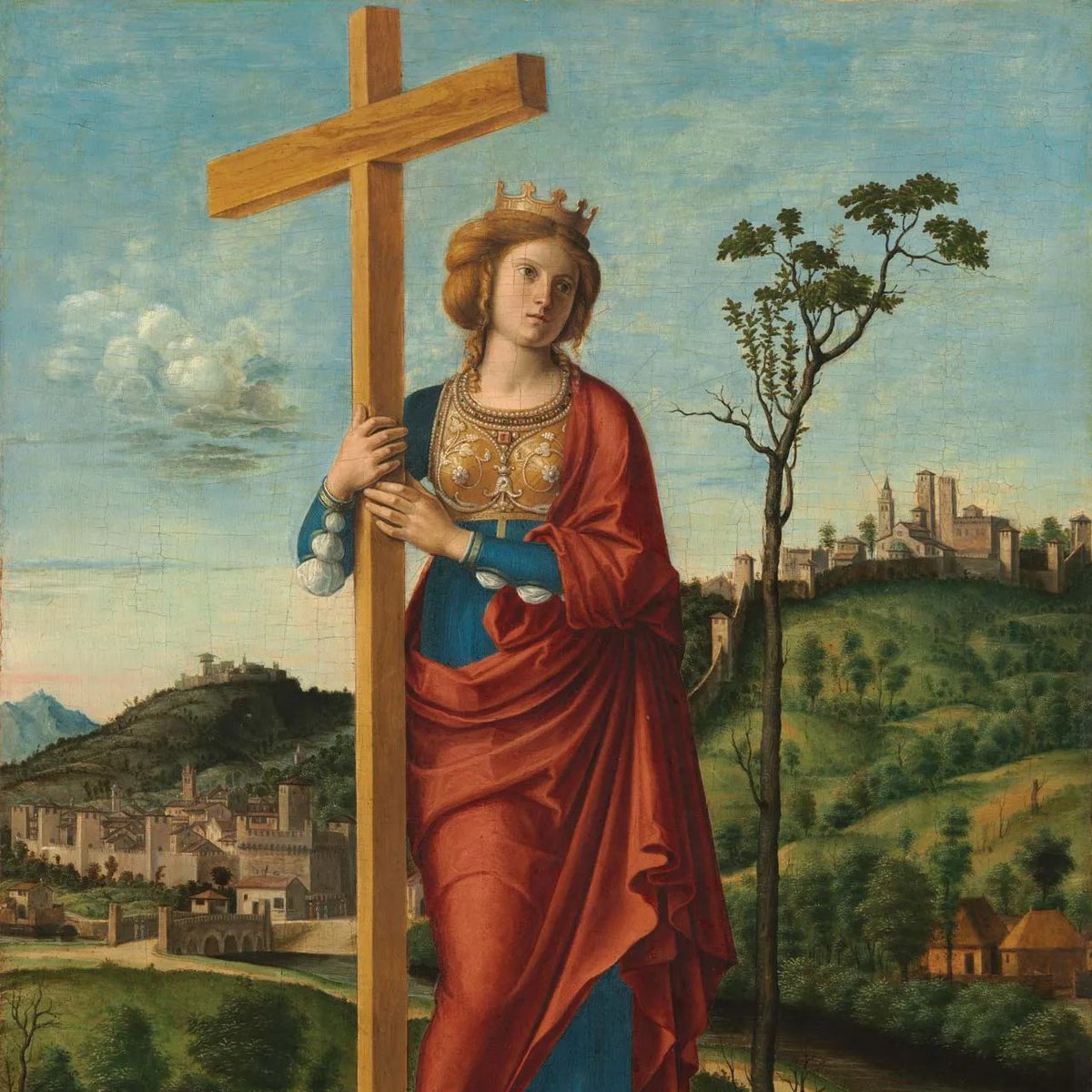
A few years earlier, her son had embraced and legalized Christianity after being inspired by a vision of a burning cross. Christianity was quickly becoming the religion of the empire... 

At nearly 80 years old, Helena set out on her pilgrimage to the Holy Land, and in 325 AD found a site fitting the Biblical description. It was just outside the old city walls. 

But somebody got there first: the Emperor Hadrian.
200 years earlier, he had built a temple there to assert pagan dominance — in his attempt to eradicate the influence of Christianity.


200 years earlier, he had built a temple there to assert pagan dominance — in his attempt to eradicate the influence of Christianity.


Helena destroyed that temple and began excavating beneath. She found a tomb and burial bed cut from a limestone cave, according to the historian Eusebius.
Legend says she also found three crosses, one of which being Christ's...
Legend says she also found three crosses, one of which being Christ's...

So, Constantine had a church built over the tomb: the Church of the Holy Sepulchre. We've since found remains of that church, and of Hadrian's temple, at the modern-day site. 

But the church from then on had a tumultuous history. It was rocked by fires, earthquakes, sacked by the Persians and completely destroyed by a Muslim caliph in 1009 — and rebuilt in the 11th century.




With these events, and all the time that has passed, how can we know the current tomb is the real one?
Until 2016, the earliest archaeological evidence there dated to the Crusades — so only about 1,000 years ago.
Until 2016, the earliest archaeological evidence there dated to the Crusades — so only about 1,000 years ago.
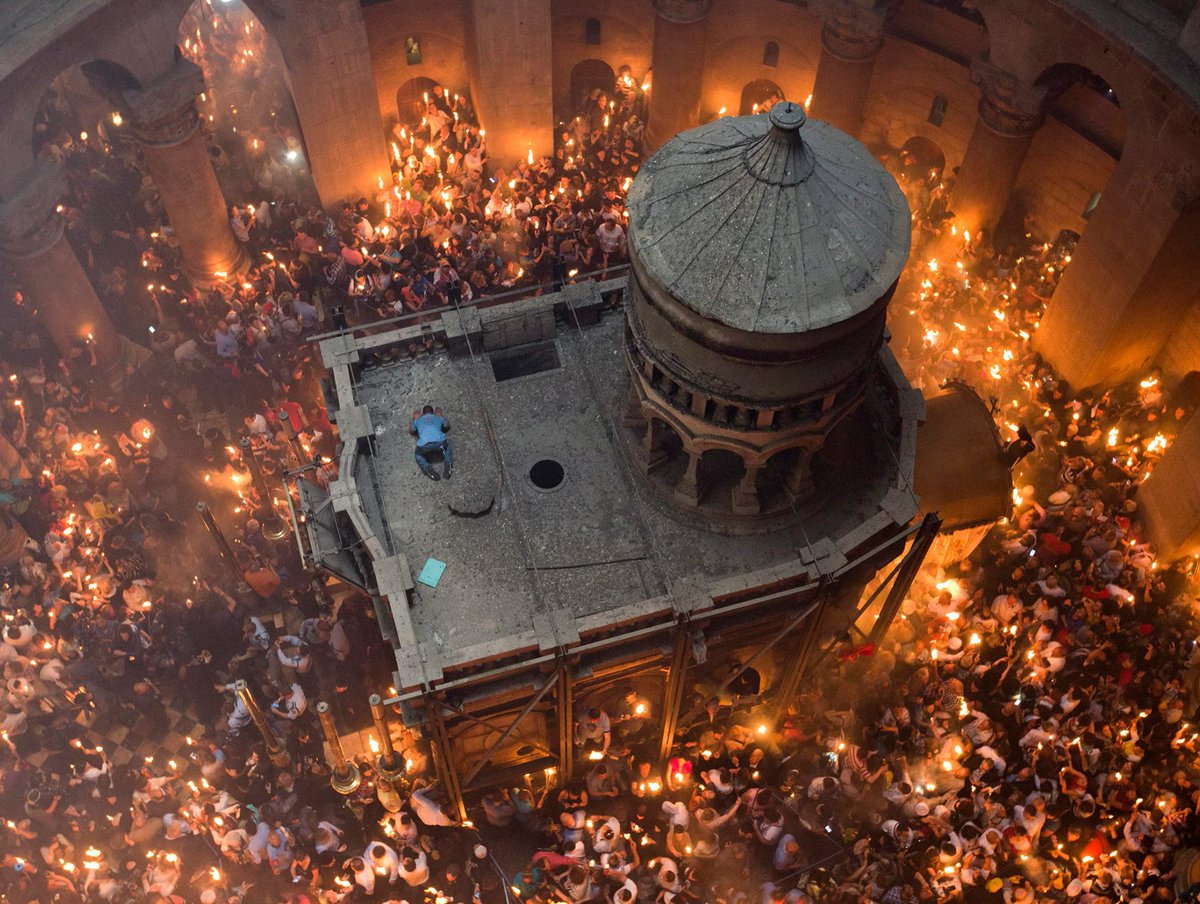
Well, Jesus is said to have been laid on a limestone burial bed.
But the bed inside the current church has been covered by marble cladding since at least 1555, and probably centuries earlier.
In all that time, nobody has actually seen it.
But the bed inside the current church has been covered by marble cladding since at least 1555, and probably centuries earlier.
In all that time, nobody has actually seen it.

That is, until 2016, when some researchers were allowed to open it (because the edicule was long overdue essential repairs)... 

This is what they found:
• A marble slab with a cross carved into it
• A layer of mortar beneath
• A bed carved into the original limestone rock wall
• A marble slab with a cross carved into it
• A layer of mortar beneath
• A bed carved into the original limestone rock wall
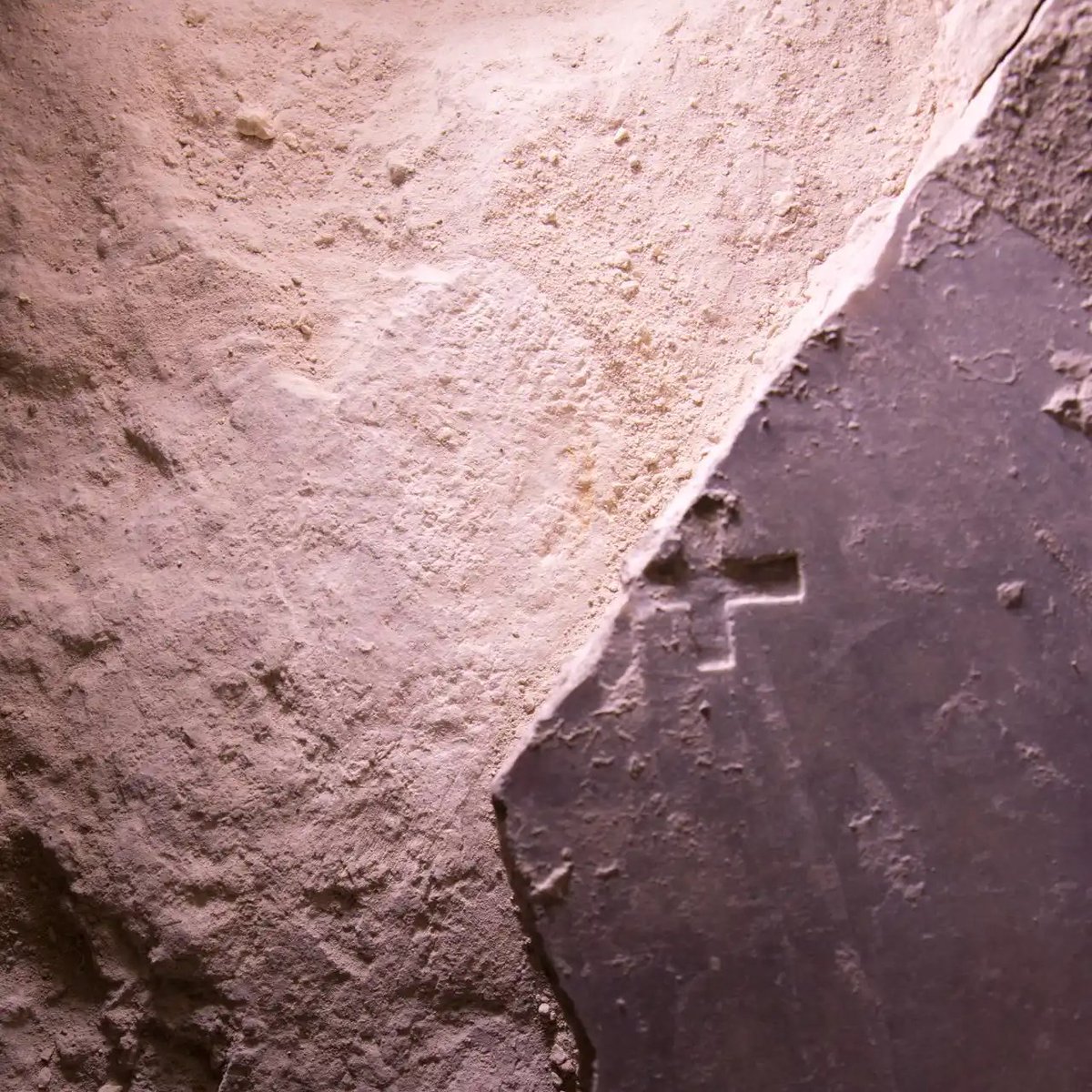
Scientists analyzed the mortar to determine the last time it had been exposed to light. The result:
345 AD.
Securely in the time of Constantine.
345 AD.
Securely in the time of Constantine.

With that stunning discovery, we're much more confident that this is the site Constantine found.
The question then remains: did Constantine's men find the right spot?
The question then remains: did Constantine's men find the right spot?

Well, according to accounts, Christians that had been praying there for centuries prior to Helena's arrival so believed that Hadrian's temple was the site that they persuaded her to demolish it, at great cost. 

And while there are competing sites in Jerusalem, none have the weight of history behind them that the Church of the Holy Sepulchre does. 
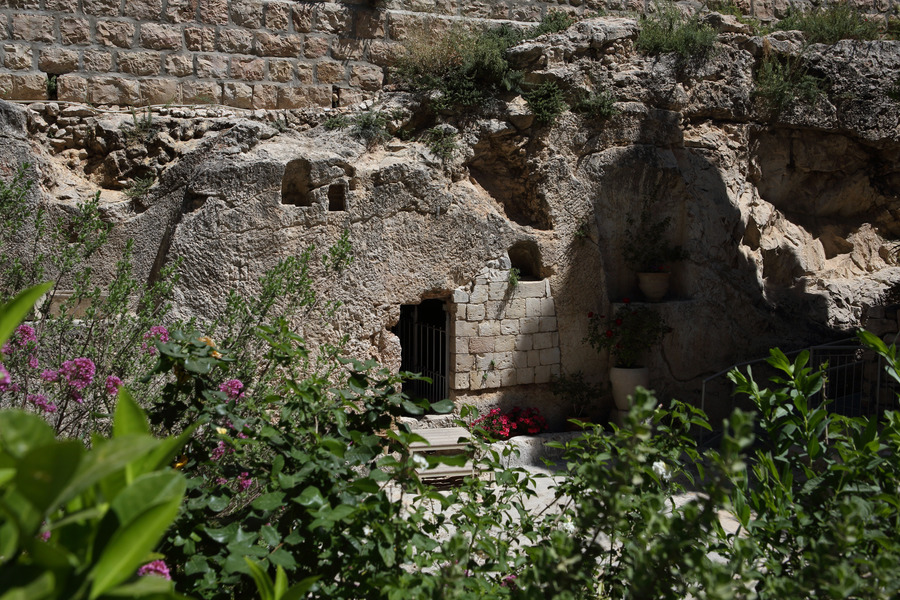
During the restorations, the workers left a small window in the marble — pilgrims can peer at the limestone below for the first time.
Whether they're peering at the true burial place might forever remain a mystery...
Whether they're peering at the true burial place might forever remain a mystery...
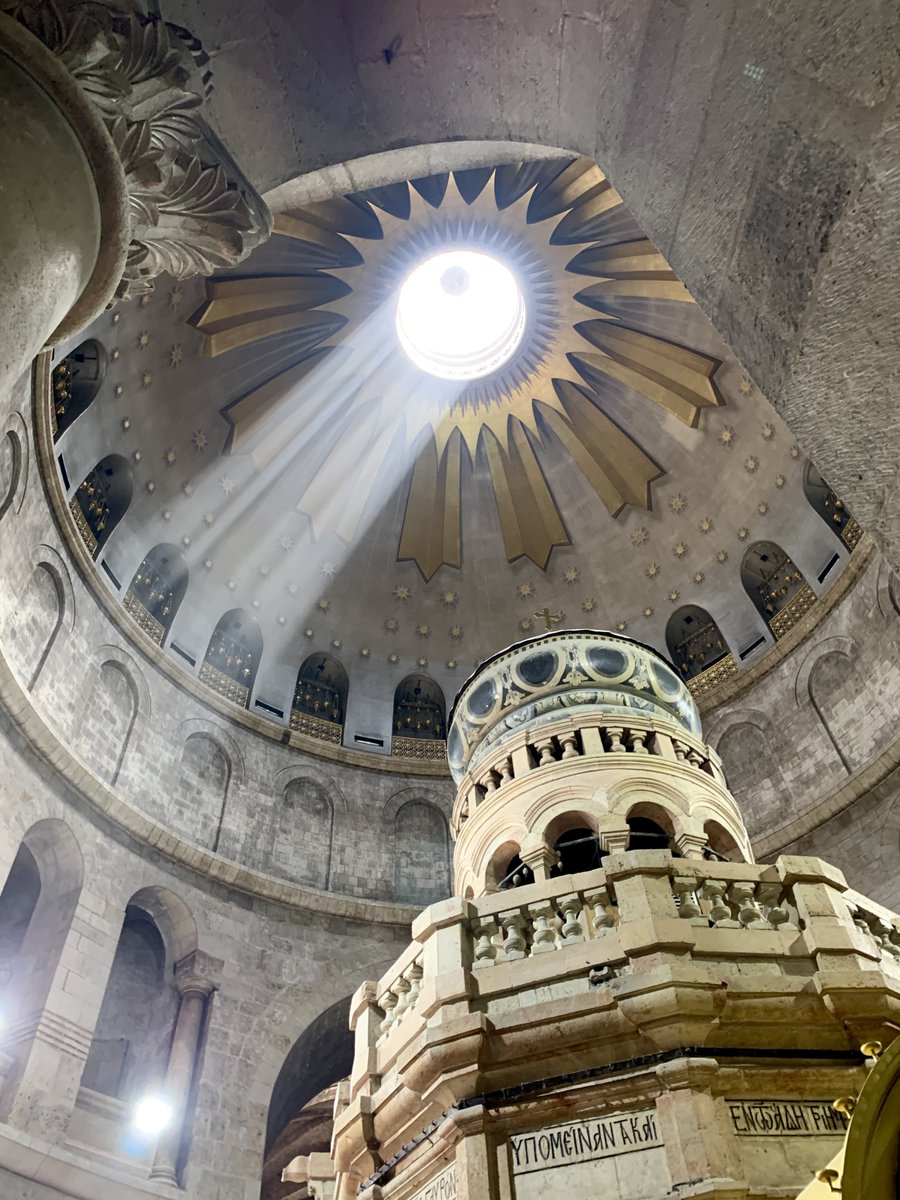
If you enjoy histories like this, you NEED my newsletter (free)!
History, art and culture (27,000+ readers) 👇
culturecritic.beehiiv.com/subscribe
History, art and culture (27,000+ readers) 👇
culturecritic.beehiiv.com/subscribe
• • •
Missing some Tweet in this thread? You can try to
force a refresh


